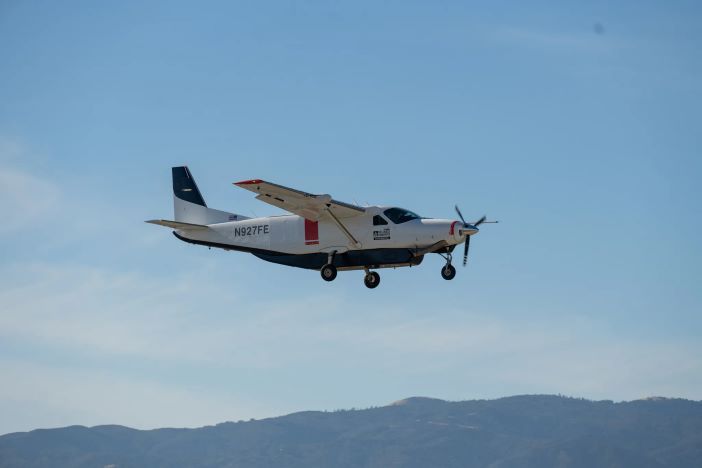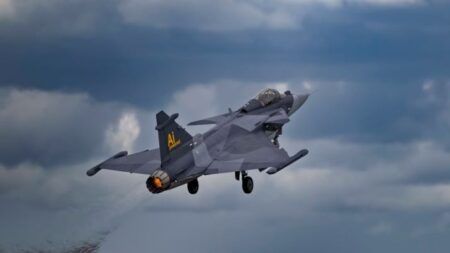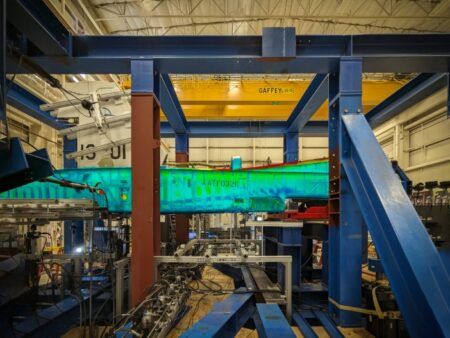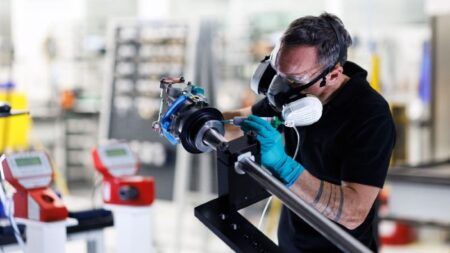US Researchers are testing new technologies to helping to investigate what tools and capabilities are needed to make unmanned cargo flights routine.
While the FAA works on establishing the standards for operating commercial remotely piloted cargo aircraft over communities, researchers from NASA are developing the required technological tools and infrastructure. The solutions could be scaled to support many different remotely piloted aircraft – including air taxis and package delivery drones – in a shared airspace with traditional crewed aircraft.
Shivanjli Sharma, aerospace engineer at NASA’s Ames Research Center said, “Remotely piloted aircraft systems could eventually deliver cargo and people to rural areas with limited access to commercial transportation and delivery services.
“We’re aiming to create a healthy ecosystem of different kinds of remotely piloted operations. They will fly in shared airspace to provide communities with better access to goods and services, like medical supply deliveries and more efficient transportation.”
During a flight test in November 2024, autonomous flight systems developer Reliable Robotics remotely flew its Cessna 208 Caravan aircraft through pre-approved flight paths in Hollister, California.
Although a safety pilot was aboard, the Reliable Robotics remote pilot directed the flight from their control center in Mountain View, more than 50 miles (80km) away.
During the flight, researchers evaluated a Collins Aerospace ground-based surveillance system’s ability to detect nearby air traffic and provide the remote pilot with information to stay safely separated from other aircraft in the future.
Initial analysis shows the ground-based radar actively surveyed the airspace during the aircraft’s taxi, take-off, and landing. The data was transmitted from the radar system to the remote pilot at Reliable Robotics. In the future, this capability could help ensure aircraft remain safely separated across all phases of fight.
While current FAA operating rules require pilots to physically see and avoid other aircraft from inside the cockpit, routine remotely piloted aircraft will require a suite of integrated technologies to avoid hazards and coordinate with other aircraft in the airspace.
A radar system for ground-based surveillance offers one method for detecting other traffic in the airspace and at the airport, providing one part of the capability to ensure pilots can avoid collision and accomplish their desired missions. Data analysis from this testing will help researchers understand if ground-based surveillance radar can be used to satisfy FAA safety rules for remotely piloted flights.
“This is an exciting time for the remotely piloted aviation community,” Sharma said. “Among other benefits, remote operations could provide better access to healthcare, bolster natural disaster response efforts, and offer more sustainable and effective transportation to both rural and urban communities.
“We’re thrilled to provide valuable data to the industry and the FAA to help make remote operations a reality in the near future.”
Over the next year, NASA plans to run more test flights and simulations with industry partners to test weather services, communications systems, and other autonomous capabilities for remotely piloted flights. Engineers will analyze data from these tests to determine what minimum technologies and capabilities are needed to enable and scale remotely piloted operations.





